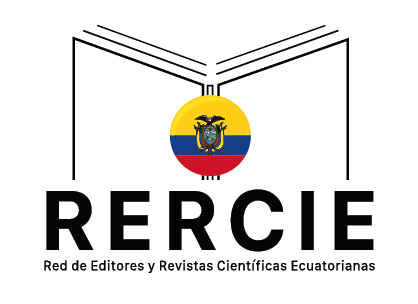“Pionerskaia pravda” newspaper in the 1920s − early 1930s as a new soviet childhood constructor
Palabras clave:
history, childhood, Soviet children’s / youth periodicals, “Pionerskaia Pravda” / “The Pioneer TruthResumen
The relevance of this problem lies in the necessity of deep, consistent and comprehensive study of the history of the Soviet childhood as an integral and almost the main part of an ambitious Soviet project to construct a "new Soviet man". Among the most important means and ways of its implementation, a special place was always occupied by the Soviet children's periodicals, designed to present the image of an ideal Soviet childhood in an accessible and understandable for the young readers form in order to expand and popularize it as swiftly as possible. In this case, while the Soviet power educational policy was investigated in the historiography well enough, this cannot be said about the study of the Soviet children's periodicals as a historical source. The object of our study is the newspaper "Pionerskaia Pravda" (“The Pioneer Truth”) (1925-1991), which began to form purposefully the image of an "ideal" Soviet child – young pioneer as an adherent and translator of a new Soviet ideology already from the first years of its existence. The applied research methods have been the method of hermeneutic reading and comprehensive analysis of various genres of the newspaper texts and the method of their comparative analysis. The results of study are the characteristics of the information opportunities of such an unexplored type of the historical sources, as the Soviet children's periodicals. It is proved that the requirements for an "ideal" Soviet child was little different from the requirements for older generations that led eventually to the loss and neglect of children's "childishness". The article may be used for teaching socio-cultural history of Russia, history of childhood and school in the USSR, history of everyday life, and in the source studies of the media, particularly periodicals.
Descargas
Referencias
A.A. Salnikova, Zh.A. Khamitova, School Architecture as a Way of Promotion of Soviet Identity in the 1930s Stalinist Russia, History of Education & Children’s Literature (HECL), vol. X, № 1, pp. 177−194, 2015.
Dorena Caroli, Histoire de la protection sociale en Union soviétique (1917 1939), Paris: L’Harmattan, 2010.
Loraine de la Fe, Empire's Children: Soviet Childhood in the Age of Revolution, FIU Electronic Theses and Dissertations, 812. 2013. URL: http://digitalcommons.fiu.edu/etd/812.
Marina Balina, Larissa Rudova (eds.), Russian Children’s Literature and Culture, New York: Routledge, 2008.
N.N. Rodigina, To the Children on Revolution: the Dynamics of Images and Concepts of the “Revolutionary” in the Journal “Sincere Word” in the Beginning of the XXth century, Humanities in Siberia, vol. 24, № 3, pp. 72−77, 2017.
S.V. Zhuravlev, A.K. Sokolov, “Happy Childhood”, Social History, Yearbook, 1997/1998, Moscow, pp. 159−203, 1998.
T.M. Smirnova, "In Its Origin No One is Guilty...?" Problems of Integration of Children of "Socially Alien Elements" in the Post-Revolutionary Russian Society (1917−1936), Otechstvennaia Istoriia (Russian History), 34, pp. 28−42, 2003.
T.M. Smirnova, Children of the Soviet State: From the State Policy to the Realities of the Everyday Life, 1917−1940, Moscow: Institute of Russian History RAS, 2015.
V.A. Sulemov (ed.), History of VLKSM and All-Union Pioneer Organization Named after V.I. Lenin, Moscow: Prosveshchenie, 1983.
Vladimir Paperny, Architecture in the Age of Stalin, Culture Two, Cambridge: Cambridge University Press, 2002.
Zhakipbekova, S. 2018. Determination of the pedagogical conditions for forming the readiness of future primary school teachers. Opción, Año 33, No. 85 (2018): 475-499



















